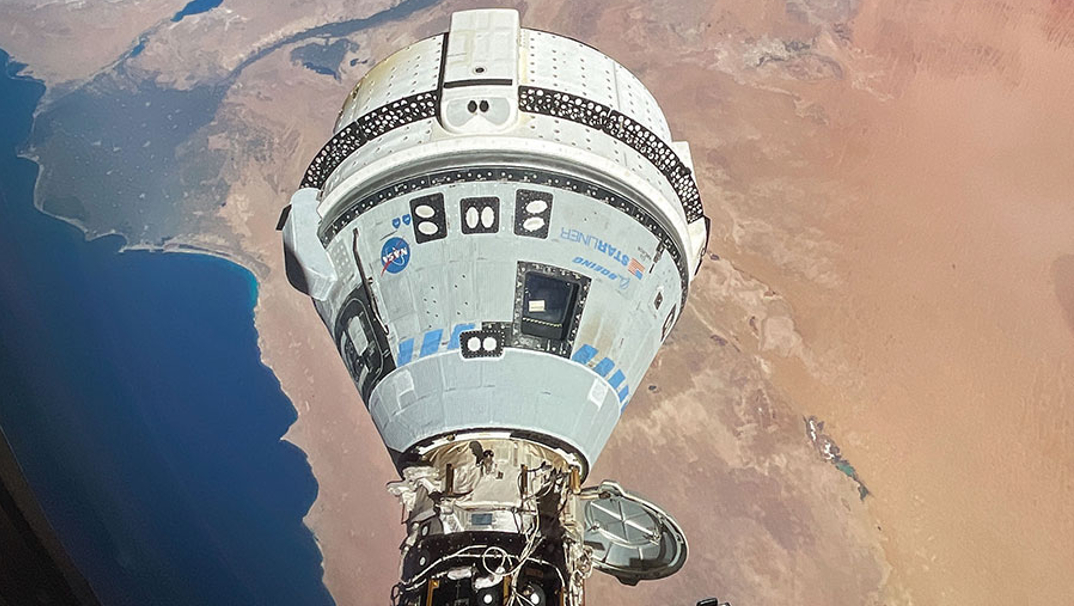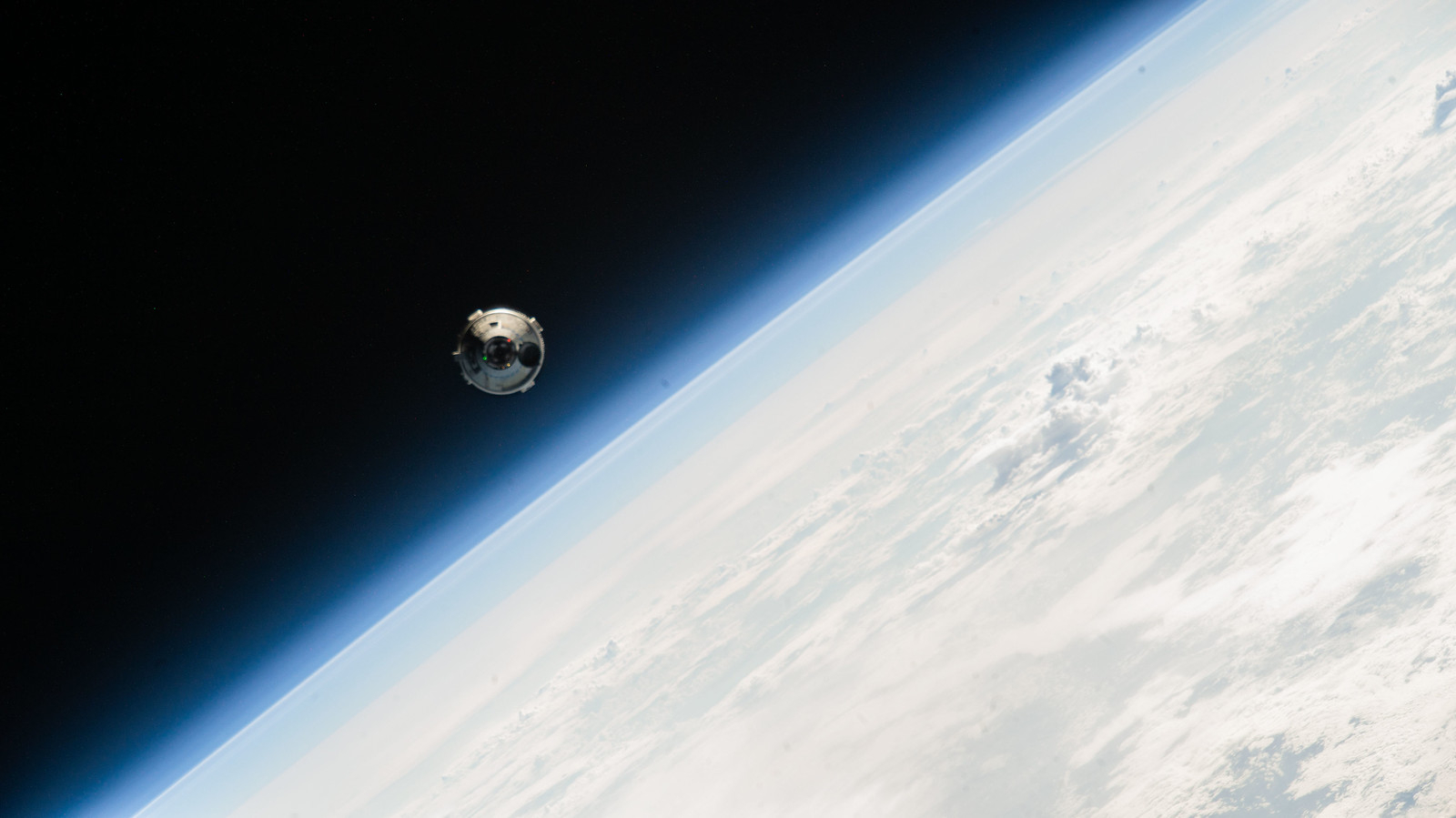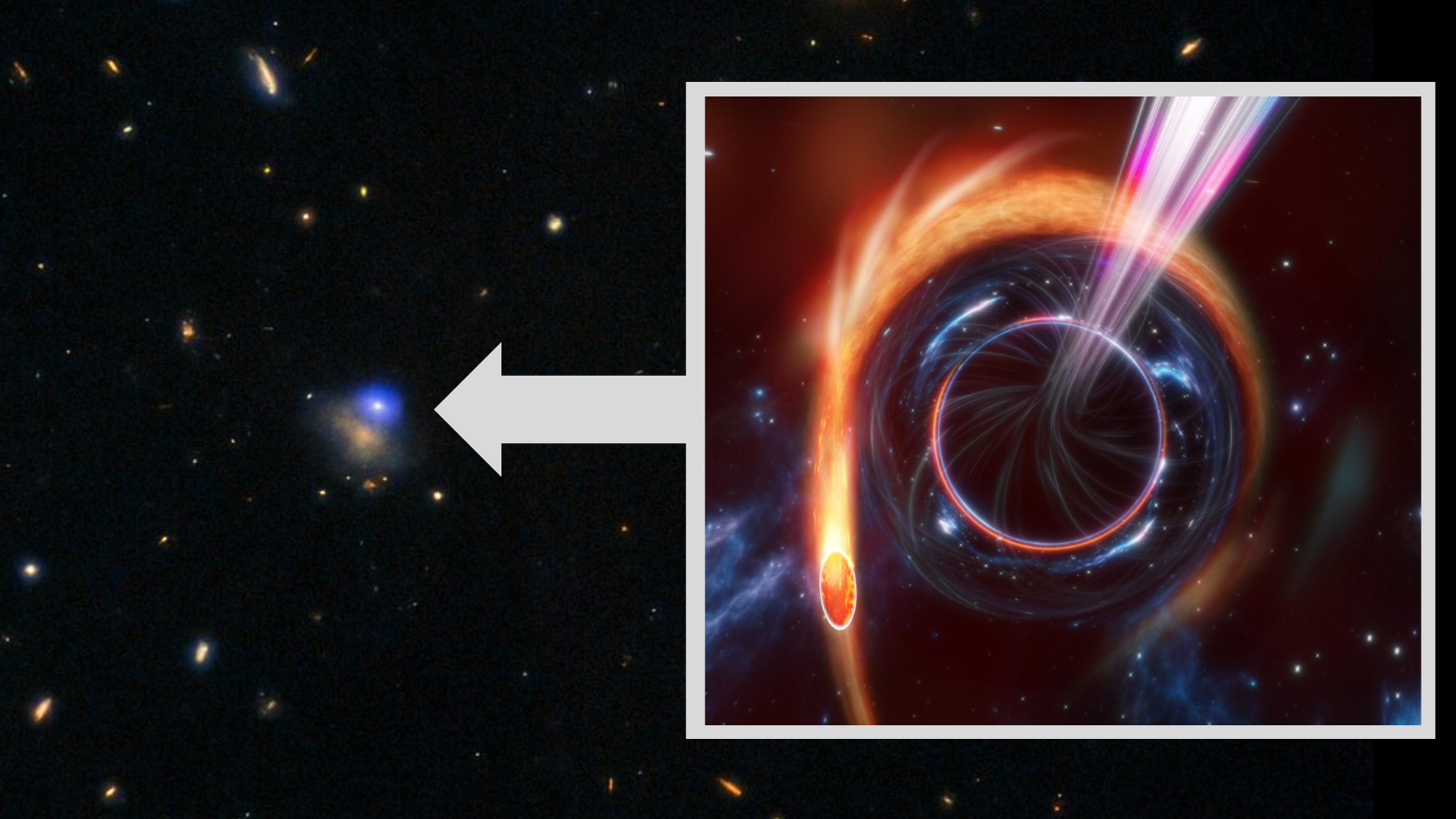NASA, Boeing delay Starliner astronaut landing again, to study helium leaks and thruster issues

The first astronaut mission of Boeing's Starliner capsule has been extended again.
Starliner will remain docked with the International Space Station (ISS) until at least July 2, roughly a week later than the previously stated target date of June 26. The extra time will allow Boeing and NASA more time to assess several issues that have arisen with the vehicle.
"We are taking our time and following our standard mission management team process," Steve Stich, manager of NASA’s Commercial Crew Program, said in an update on Friday evening (June 21).
"We are letting the data drive our decision making relative to managing the small helium system leaks and thruster performance we observed during rendezvous and docking," he added.
Starliner's current mission, known as Crew Flight Test (CFT), sent NASA astronauts Butch Wilmore and Suni Williams to the ISS. CFT launched on June 5 and arrived at the orbiting lab a day later.
But, as Stich noted, that arrival was not perfectly smooth. During its chasedown of the ISS, Starliner experienced problems with five of its 28 reaction control system (RCS) thrusters. Four of them were eventually brought back online.
In addition, CFT team members have noticed five small helium leaks in Starliner's propulsion system. One was spotted before launch but not deemed a serious issue; four cropped up after the capsule deployed from its rocket, a United Launch Alliance Atlas V.
Breaking space news, the latest updates on rocket launches, skywatching events and more!
Starliner was initially scheduled to spend about a week at the ISS on this shakeout cruise. But on June 9, NASA and Boeing announced that its departure had been pushed back to no earlier than June 18, to accommodate a planned June 13 NASA spacewalk at the ISS and to allow more time for Starliner checkouts.
Then, on Tuesday (June 18), the planned departure date shifted again, to June 26. The reasoning was similar: The extra time would allow a more detailed assessment of the helium leaks and RCS thruster issues. And there was still a spacewalk to accommodate; the planned June 13 excursion was moved to June 24, after one of the designated spacewalkers experienced discomfort with his suit.
NASA plans to conduct another spacewalk on July 2 and also wants that activity to be done before Starliner comes home, agency officials said in Friday's update.
The repeated CFT extensions are not cause for alarm, Stich said, stressing that NASA still has confidence in Starliner.
"Starliner is performing well in orbit while docked to the space station," Stich said. "We are strategically using the extra time to clear a path for some critical station activities while completing readiness for Butch and Suni's return on Starliner and gaining valuable insight into the system upgrades we will want to make for post-certification missions."
Certification involves clearing Starliner to fly six-month astronaut missions to the ISS for NASA. SpaceX already conducts those flights with its Crew Dragon capsule; Elon Musk's company is in the middle of its eighth contracted long-duration crewed mission.
"The crew is not pressed for time to leave the station since there are plenty of supplies in orbit, and the station's schedule is relatively open through mid-August," NASA officials said in Friday's update.

Michael Wall is a Senior Space Writer with Space.com and joined the team in 2010. He primarily covers exoplanets, spaceflight and military space, but has been known to dabble in the space art beat. His book about the search for alien life, "Out There," was published on Nov. 13, 2018. Before becoming a science writer, Michael worked as a herpetologist and wildlife biologist. He has a Ph.D. in evolutionary biology from the University of Sydney, Australia, a bachelor's degree from the University of Arizona, and a graduate certificate in science writing from the University of California, Santa Cruz. To find out what his latest project is, you can follow Michael on Twitter.

